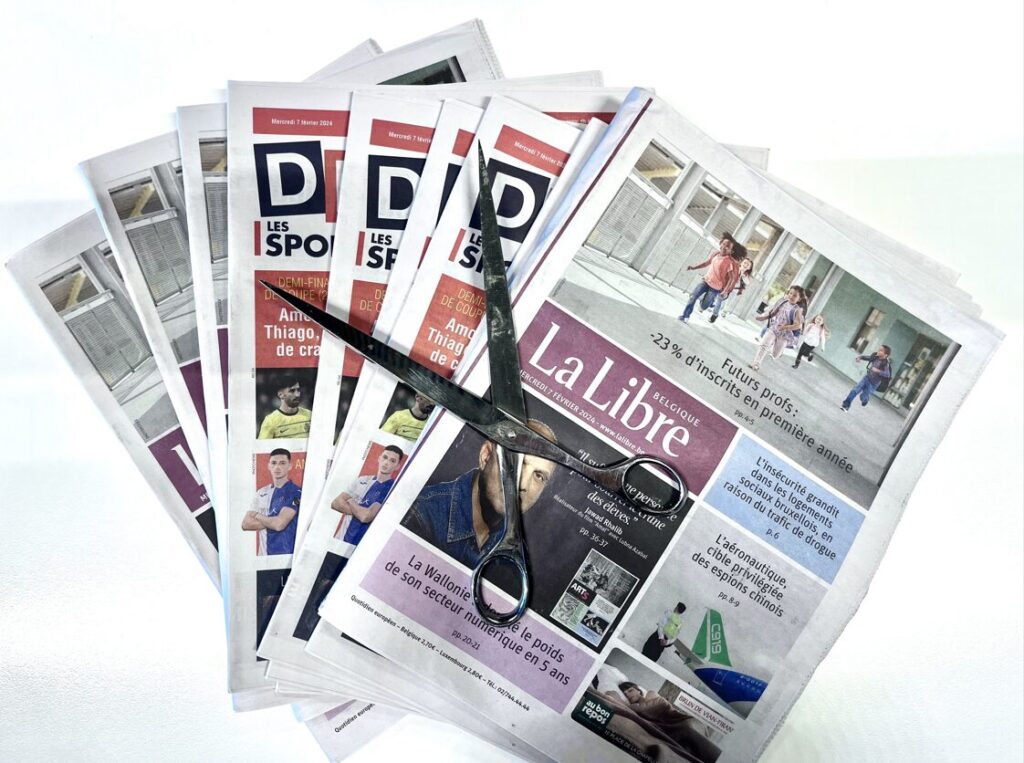Several weeks ago, the FIFA Women’s World Cup 2019 ended with a new victory for the United States.
Record audiences
As mentioned in a previous article (The irresistible rise of women’s football), the audiences were exceptional for this World Cup, and not only for Women’s football. Many records were broken in France, Italy and the UK. The France-Brazil game has become the most watched match in the history of women’s football with 59 million viewers worldwide. The popularity, however, goes further than that. As we are writing this article, the most-watched programme in England in 2019 is the semi-final between England and the US. In France, one could make the same observation. With a spike at 12 million viewers, the quarterfinal between France and Brazil had the highest audience ratings of all the televised programmes in 2019.
These record numbers are synonymous with the financial success for the brands that have bet on women’s football. To give a concrete example, the French broadcaster TF1 got the most benefits. Following the exceptional audience ratings during the first match of the French team, (9.8 million people watched France beat the South Korean team in the opening match) the broadcaster decided to increase its prices for advertisements by 60% to 70%. Taking into account the low acquisition costs for the broadcast rights, (€10 million in 2019 as opposed to €70 million for the Men’s World Cup in 2018) one can easily imagine that this was a very profitable operation for TF1. According to observers, this Women’s World Cup was even more profitable than the Men’s World Cup in 2018 for the French television channel.
Looking at the future

Women’s football is in full bloom. Audiences, advertising rates or ticket sales numbers are constantly changing. In the US for example, an average television commercial of 30 seconds cost almost $140,000 during the Championship. This is three times as much as during the Women’s World Cup of 2015 ($40,000). When it comes to media coverage, 62 countries bought the broadcasting rights in 2019 compared to only 37 countries in 2015. The ticket sales have also never been better.
In light of the current popularity and aforementioned figures, the odds are that women’s football will continue to grow. Necessary investments for the continuous growth and development of the discipline were launched as the following examples illustrate:
- The Alibaba CEO will donate €130 million to the Chinese national women’s football team to help develop and support it.
- Two of the richest football clubs in the world (Real Madrid and Manchester United) have recently set up their own female football team which guarantees development and investments.
The future looks bright for this discipline which is still developing and offers brands a cheap way to start sponsoring.











